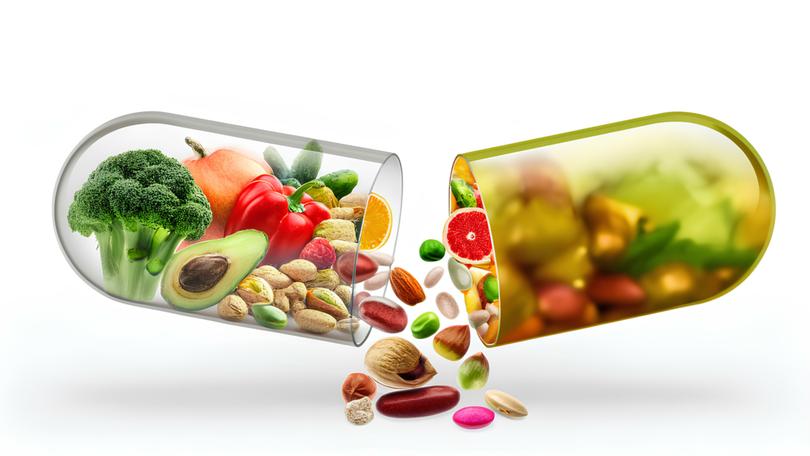SARAH DI LORENZO: Why this vitamin is essential with a capital E and where to find it

I feel like Vitamin E is a bit forgotten when we think about vitamins and minerals.
It would be fair to say that everyone knows what Vitamin C, the B Vitamins and D are but we don’t really talk much about Vitamin E and yet it really is vital to our health.
Something else about Vitamin E is it is essential meaning our body does not make it we need to get it from the food we eat.
Sign up to The Nightly's newsletters.
Get the first look at the digital newspaper, curated daily stories and breaking headlines delivered to your inbox.
By continuing you agree to our Terms and Privacy Policy.Our body has multiple purposes for needing Vitamin E.
The primary role is in its antioxidant support, this means it prevents cellular damage neutralising free radicals, supporting immune function and promoting metabolic processes and cellular signalling.
Adequate VItamin E can help prevent oxidative stress which occurs when there is an imbalance between the body’s antioxidant defences and lead to increased risk of cancer, heart disease, cognitive decline and eye disorders.
There was some really interesting research in 2022 that showed eating nuts and seeds, both of which are high in Vitamin E, is associated with a reduced risk of metabolic syndrome, diabetes and some cancers.
Vitamin E has also been shown to benefit those with MASLD (non alcoholic fatty liver disease) and can help women manage menstrual pain.
Other health benefits include possibly benefiting skin health, lowering inflammation and lung function.
The recommended daily intake is for men and women aged 14 and over is 15 mg per day and best when consumed through food. Only take supplements where there is a deficiency.
Being a fat soluble vitamin means exactly that, fat as well as bile from the liver are needed to be absorbed into the small intestine.
Think about a low fat diet and how it can decrease the absorption of vitamin E.
There are many food sources including hazelnut oil that has 6mg of Vitamin E per tablespoon very easily making it almost half of our recommended daily intake.
An easy way to add this to your diet would be to put into your salad dressings, smoothies or mix through yoghurt.
One of my favourite ways which is much more easily sourced is sunflower seeds, which make for the perfect snack.

Garnishing your salad or breakfast with half a cup of sunflower will give you 25 mg of vitamin E.
Just another reason to add leafy greens to your diet is their vitamin E content.
While it is not substantial it all adds up.
Rejoice all you peanut butter lovers out there, just one tablespoon will provide around 2mg of vitamin E.
As for asparagus, who loves dipping it into a soft boiled egg or chopped with salads, you can count on 2 mg of vitamin E per cup of asparagus.
When it comes to nuts, almonds stand out at around 23mg and nuts provide 7mg of Vitamin E.
Don’t forget pumpkin which is so easy to add to salads, have roasted or even as a puree to smoothies or soups.
Next time you make a pesto remember that pine nuts contain around 3 mg of vitamin E per 30 gram serve.
Capsicum which is a star when it comes to Vitamin C also provides Vitamin E around 2 mg each, capsicum and perfect sliced as a snack or added to salads.
The same applies to avocado with around 4mg per avocado so think of this next time you are digging into a guacamole or having some avocado on toast.
When it comes to animal proteins, salmon is a good choice and around 3mg per serve and for fruit mango is similar to avocado at around 3mg per fruit.
When you are next buying fresh beetroot don’t discard the leaves instead add them to your salads.
If you can get some wheat germ oil then just one tablespoon will provide 20 mg of Vitamin E and the best way to enjoy wheat germ oil is to add it to your salads or over any dish, it is best used with cold meals.
So now that you have seen Vitamin E in the spotlight make sure you are giving it the main character vibes it deserves for optional health and wellness.
